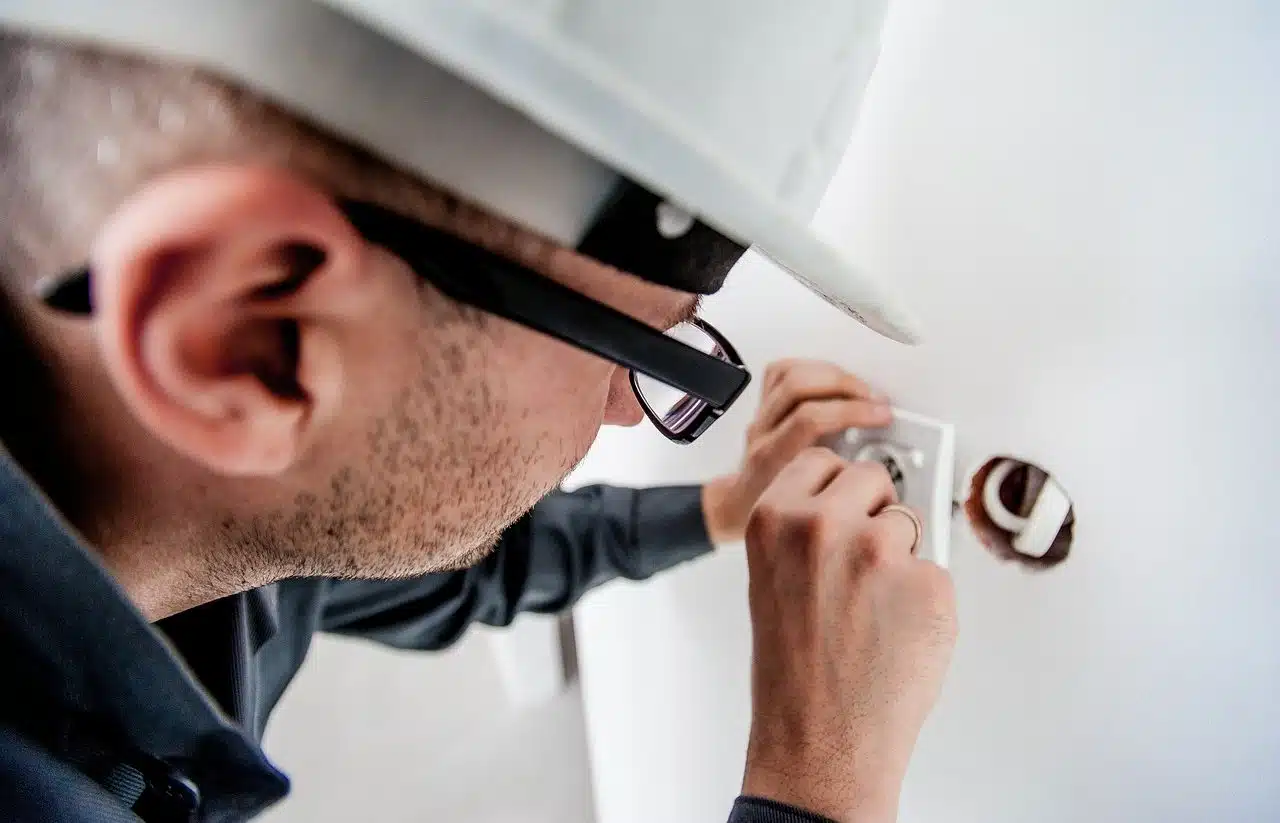
To reduce electricity consumption and pay less on the electricity bill, achieving energy savings, you can opt for LED lighting.
Electricity is a term that has its etymological origin in the elektron, translatable as "amber" . Starting from this word, the person who coined the concept was the English scientist William Gilbert . In the 16th century , Gilbert spoke of "electric" to mention the phenomena of attractive charges that the Greeks had already discovered.
Electricity is a physical property manifested through the attraction or rejection that different parts of matter exert on each other. The origin of this property is found in the presence of components with a negative electrical charge (the electron ) and others with a positive charge (the proton ).
Electricity, on the other hand, is the name given to a type of energy that is based on this physical property and that manifests itself both in movement ( current ) and in a state of rest ( static ). As an energy source, electricity can be used for lighting or to produce heat , for example.
Electricity generation
Not only man generates electricity by manipulating different factors: nature produces this energy in storms, when the energy transfer that occurs between a part of the atmosphere and the surface of the planet causes a discharge of electricity in the form of lightning . Natural electricity is also found in biological functioning and allows the development and activity of the nervous system.
Beyond these natural phenomena, human beings have dedicated themselves to generating electricity to power all types of machines, devices and transportation systems.

A person who tries to work with electricity without being an electrician can generate a short circuit or suffer an electric shock and be electrocuted.
An essential item
As we said, today electricity is essential because thanks to it we carry out endless tasks and we have the possibility of enjoying applications that make our quality of life easier and better. So we have lighting and we can use a series of devices such as washing machines, refrigerators, televisions, computers and air conditioning systems , among other appliances and artifacts.
It is clear, therefore, that electricity has become an indispensable element, which has brought with it serious consequences. The need we have for electrical energy to develop our daily lives has meant that it has to be produced massively to satisfy the demand that exists around the world, a fact that harms the environment .
For this reason, a series of projects and initiatives of various kinds are currently being developed with the aim of using existing natural resources to generate said electricity without damaging our environment. Thus, for example, you can use a solar panel that captures the energy of the sun's rays to operate everything from the light bulbs or lamps in a home to an air conditioning system.
Semiconductors are insulators that, from certain aggregates, become conductors of electricity.
Conduction of electricity
It should be noted that electrical conductivity is known as the ability of a material to allow the current of electricity to pass through its surface. The opposite faculty, which appears when electrons are resistant to the movement of current, is known as resistivity .
An electrical conductor , therefore, is that material that, when in contact with a body charged with electricity, promotes electrical transmission to its entire surface. Copper and aluminum are among the most used conductors.
It is interesting to indicate that resistance is the opposition that is exerted against the mobility of electrons. It is, therefore, a difficulty that appears for the advancement of the current. Just as conductors have the property of overcoming this resistance to transport electricity, insulators stand out for preventing the passage.
Important concepts
It is important to know several concepts that are related to electricity. One of them is volt : this is the name given to the unit of electromotive force and electric potential that is equivalent to the difference that exists between the potential of two points of a conductive element, where a constant current of one ampere circulates, when the power that is dissipation between said points is equal to one watt .
Voltage , in this framework, is the amount of volts that affects a system or device. In turn, systems and devices operate on a certain number of amperes (a unit of electrical intensity), known as amperage .
The voltage with which the electrical transmission is carried out or that between two electrodes or poles is called voltage . If it is less than 1000 volts, it is called low voltage ; otherwise, high voltage .
The idea of power , on the other hand, refers to the amount of energy that is consumed or produced per unit of time. In this way, it is associated with the level of electricity that the power source transmits to the device that uses it in a certain interval.
Impedance , meanwhile, refers to the link between the alternating voltage that is applied to a circuit and the intensity of the current that is produced, whose measurement is made in ohms . When a circuit with resistance-free induction offers impedance, it is referred to as reactance .
